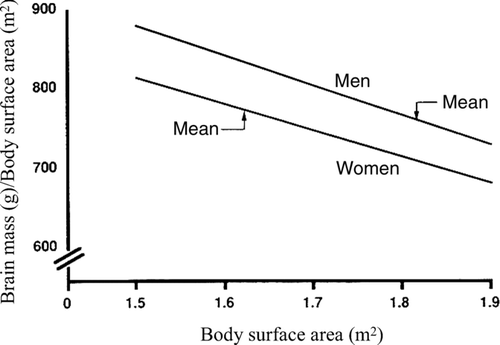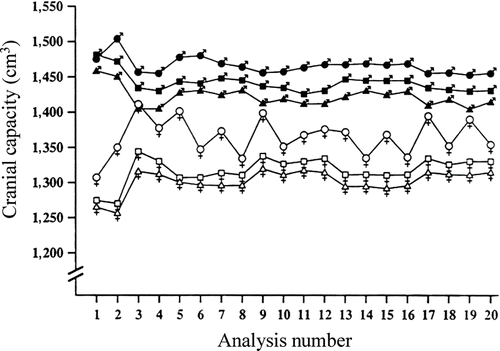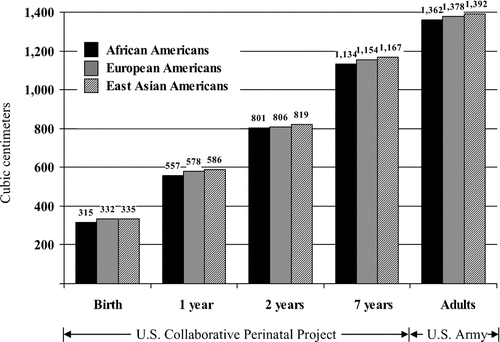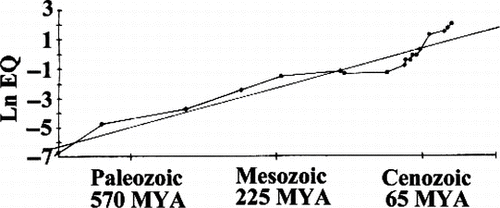Figures & data
Appendix 1 Brain volume relation to GMA using neurologically normal subjects
Appendix 2 Head size relation to GMA using neurologically normal subjects





